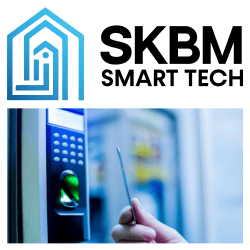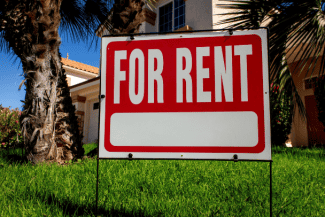Turnkey properties: Perfect for the entry-level or busy investor?

A turnkey rental property can be an apartment, duplex, condo or single-family home in ready-to-move-in condition. It has been remodeled by a third party for sale to a passive investor and is often pre-leased to a tenant, thereby providing immediate cash flow.
There are companies that will help the investor identify the property and take them through the entire purchase experience from inspection through closing. They will oversee any repairs, renovations and maintenance the property may need and then find a tenant to live in it. Another scenario is that the turnkey company will purchase the home, rehab it, sometimes even furnish it, rent it and then sell it to an investor.
“Due to the simplicity of their model, turnkey rentals have become one of the most popular investment options to generate passive income in real estate,” notes Forbes. “Turnkey refers to the fact that these properties have been renovated and are either tenant-ready or already rented out.”
The benefits of purchasing a turnkey rental
The lack of effort or involvement in the process of making the property tenant-ready is the most obvious benefit to the passive investor. The new landlord does not have to do any of the renovations and immediately begins to realize a cash flow if there is already a tenant in place. In addition, it should be several years before the renovations need repair or replacement.
Oftentimes, the landlord signs with a property management company to handle their new investment. Forbes explains, “A property manager takes care of the property by handling repairs, tenant relations and rent collection. At the end of each month, the owner of the property receives a statement and a check for the net cash flow that’s left after these expenses and the mortgage is paid.”
This method of investing is very attractive if you want to buy your first rental property and/or purchase a property in a distant location.
Long distance investing has become more popular lately since higher-income landlords usually live in areas that do not “pencil out” well for renting at a profit. As a result, they turn to markets where housing is more affordable and turning a profit is more assured. In a large number of places, the total purchase price is often less than a deposit in a more affluent neighborhood. There are landlords that have never seen the property they own but continue to receive a rent check each month from a tenant they’ve never met.
Most turnkey investment properties are located in markets such as Georgia, Ohio, Tennessee, Florida and North Carolina where rents are strong but prices are low due to the previous downturn in the housing market. It is important to choose areas where today’s affordable prices will increase in value over time. A potential for growth is necessary for increased profits.
As with all investment properties, the owners of turnkeys benefit from such tax advantages as depreciation to offset their taxable rental income. Operating expenses, including property management fees, repair, maintenance and property taxes can also contribute to reducing taxes.
If it sounds too good…
While the benefits of purchasing a turnkey home are attractive to someone who has no interest in doing renovations to one, there are several drawbacks and downsides to the process.
As noted above, the seller or the property management company may have signed a tenant before the investor agrees to purchase the unit. It is incumbent upon the buyer to ask how this renter was chosen. Was a thorough tenant background check run on them before the lease agreement was signed?
Investors who pay a premium to acquire homes in move-in condition will find that their potential returns are not as high as those for people who flip older units themselves. They also have to pay fees if they decide to hire someone to manage the property, which further cuts into the bottom line.
The potential turnkey landlord must do their due diligence to be certain that the flipper has done more than a surface clean-up of the home. A fresh paint job and some new flooring can cover up substantial deficiencies in the “renovations.” The buyer should hire a professional inspector to check the foundation and structural elements for any current or future problems that could transform their turnkey into a turkey. They must check that the appliances, electrical and plumbing are in perfect condition, permitted and up to code.
It’s very important that the investor learns as much as possible about the neighborhood and the turnkey seller. To learn the local market, they should run comps on both home sales and rents and study vacancy rates, crime rates, the quality of the schools and whether the area is prone to extreme weather disasters. Just as importantly, they must learn what they can about the seller of the property, such as length of time in business. The ideal would be to speak with investors who have purchased turnkey homes from them in the past.
If you are looking to buy a turnkey rental property, be sure to do your research so that you know exactly what kind of investment it is. They can be a great way for an entry-level investor to get their start and for a long-distance landlord to add to their portfolio. When buying any real estate asset, you should always make sure that the numbers work out in relation to how much money you have set aside for this purchase. Buying a turnkey rental requires careful consideration and planning before making any decisions about where you want to invest your money!















 Accessibility
Accessibility